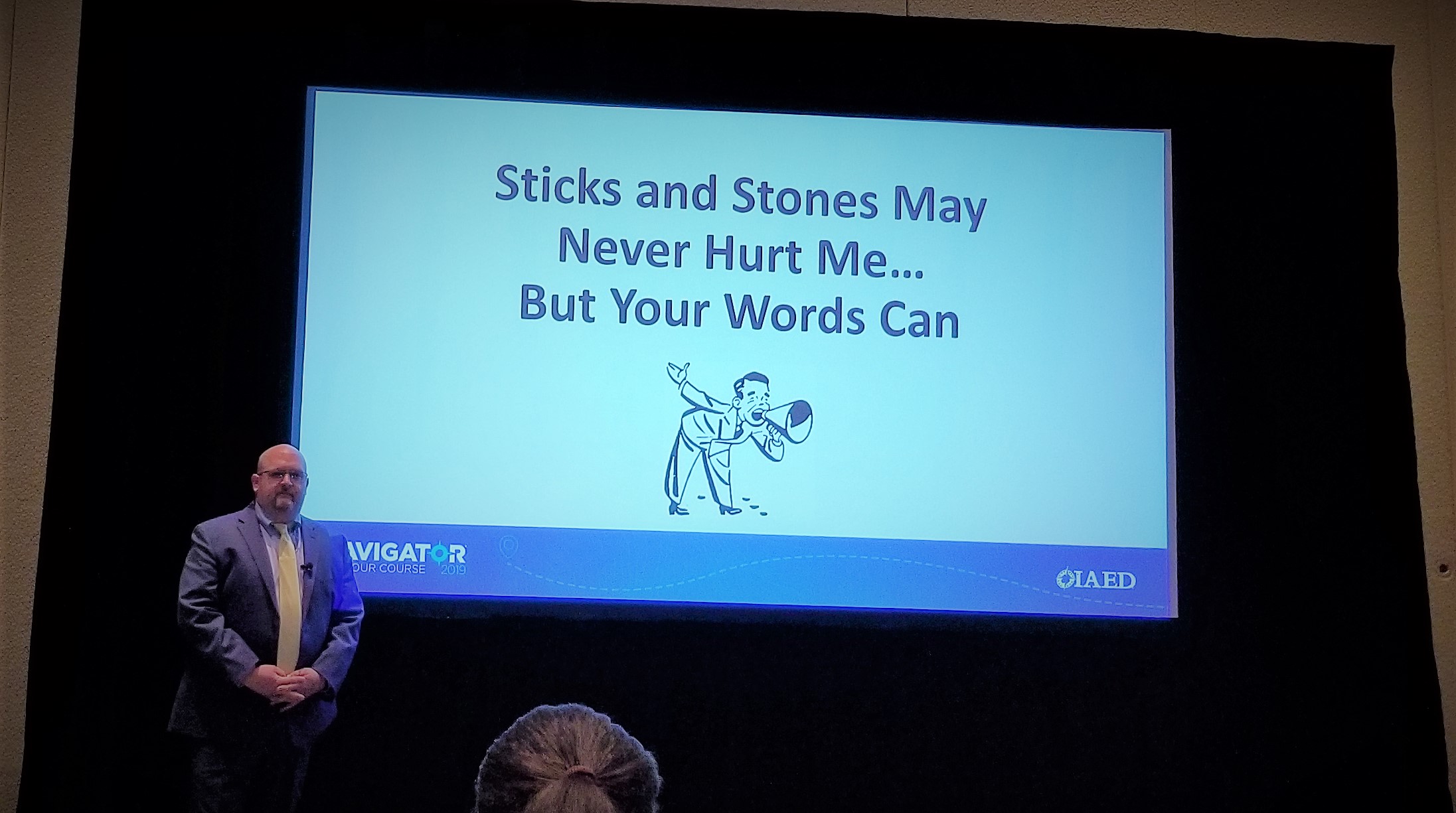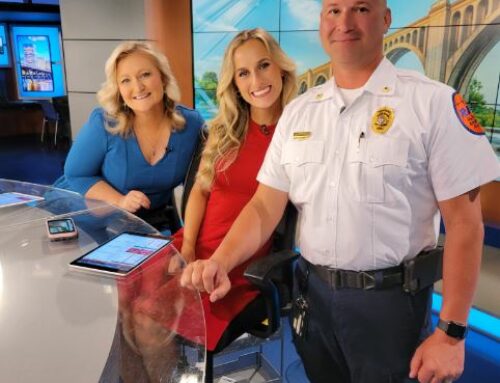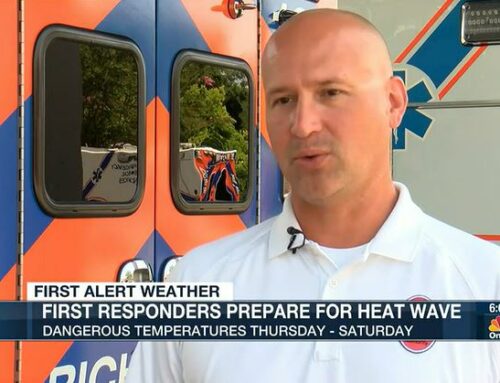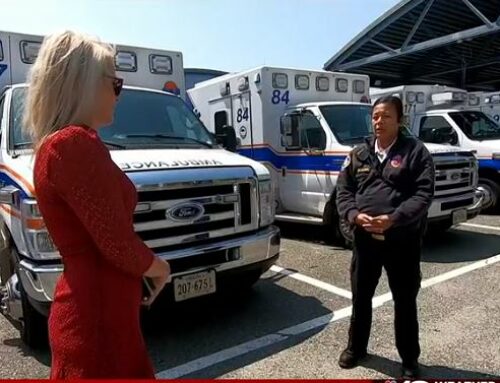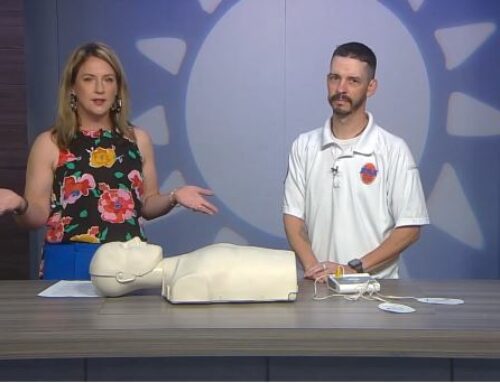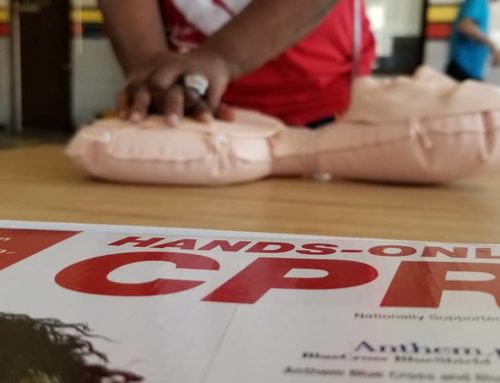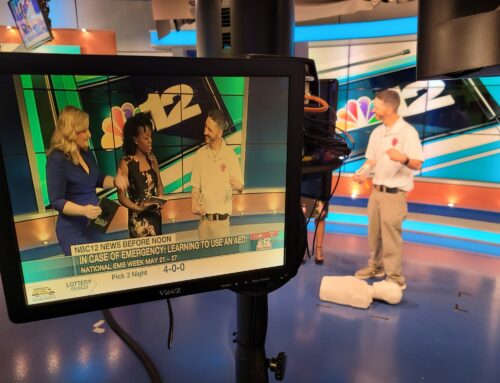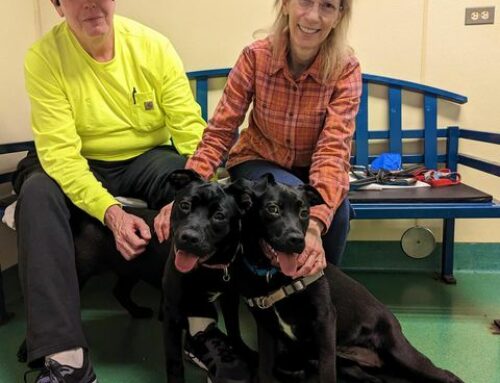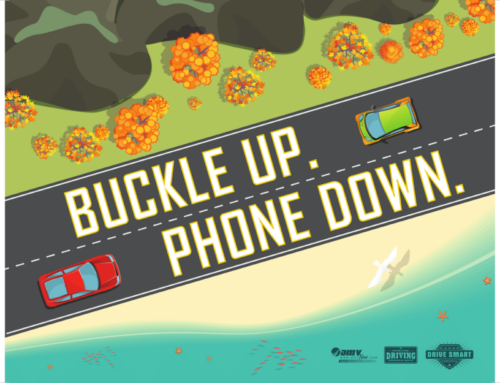Communication is obviously a critical skill for 911 dispatchers to have but it’s a skill emergency communications staffs are still trying to improve as we learn more about how we communicate and the most effective ways to communicate during a crisis, especially with one another. Poor communication between co-workers can have a devastating impact on a Communications Center and can lead to morale problems, and staffing issues, just to name a few.
This month several of our staff members attended the International Academies of Emergency Dispatch (IAED) Navigator Conference. The conference has become one of the premier conferences for medical, police, and fire dispatching.
While our employees were able to learn from leading experts in the field, we were also able to share best practices and new strategies for communications center staffs to follow during a crisis. Presenting at the conference was the Richmond Ambulance Authority’s (RAA) Total Quality Improvement Manager Rich Lindfors. Before becoming the agency’s Total Quality Improvement Manager, Lindfors worked in RAA’s Communications Center for 16 years as a System Status Controller and Communications Supervisor.
Last year Lindfors met Dr. Heidi Kevoe-Feldman, PH.D, at the Navigator conference. The two quickly realized they had a shared interest in improving dispatcher communication during a crisis. Over the past decade Dr. Kevoe-Feldman, a linguistics scholar, certified IAED Emergency Medical Dispatcher (EMD) and University Professor at Northeastern University in Boston, MA, has been working in the field of communication. She recently started doing further research into crisis communication, working with the Massachusetts State Police dispatch center. She devotes much of her research analyzing speech to help 911 centers better understand and deploy techniques used during 911 calls. She spoke to Lindfors about her desire to educate call takers on how to improve communication with callers during a crisis, while Lindfors described his desire to improve communication between dispatchers.
Though Lindfors worked on the presentation for six months, he’s been working on improving emergency communication throughout his entire career. Working with Dr. Kevoe-Feldman, Lindfors explained the challenges communications staff face during different crises. Dr. Kevoe-Feldman was critical in helping him identify the different types of communicators people can be and how the words we choose can have several effects that can be either positive or negative.
“In the 911 call center our callers expect a professional, competent and confident telecommunicator with the right tools, ready to assist them in their time of crisis. In reality what goes on behind the scenes is cause for concern because the way we communicate with each other can have detrimental effects which can be reduced or even fixed,” said Lindfors.
His presentation focused on strategies communications staff can use to improve communication with their co-workers based on the type of communicator they are. Becoming a better communicator can help develop relationships with each other that can positively influence the outcome of future conversations with one another and ultimately the person calling into the communications center. The presentation was just the first step for Lindfors and Dr. Kevoe-Feldman in improving communication among first responders. The two are continuing to work to identify ways dispatchers can improve communications between themselves and with those they’re trying to help.

